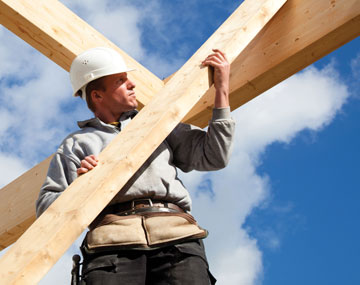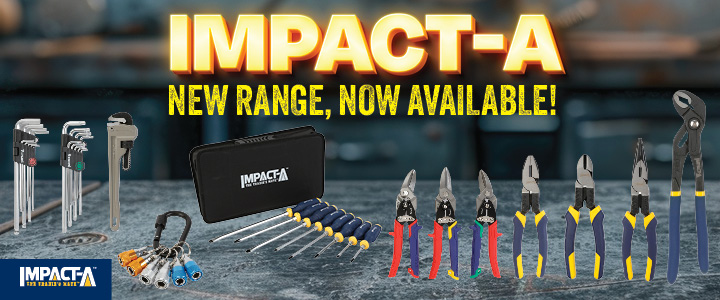Mandatory trades registration is being introduced for the Victorian building industry. Carpenters are up first, starting in 2022 – this is what you need to know now.
By Meg Crawford
Recently, the state government made some changes to the trades registration regime for the Victorian building industry.
Specifically, it introduced the Building Amendment (Registration of Building Trades and Other Matters) Act 2018 (Vic), which provides for registration and licensing of trades.
The first trade to go through this process will be carpentry, and it’s expected that others will follow.
What’s in place now
There’s already a registration regime in place, overseen by the Victorian Building Authority (VBA). Right now, you must be registered with the VBA to perform domestic building work directly for an owner costing more than 10,000 (including labour and materials); or provide more than one type of building work (such as plastering and painting) costing more than $10,000 (including labour and materials).
This applies now to carpenters carrying out work worth more than $10,000 directly for clients, who are required to hold Domestic Builder registration—Limited to Carpentry (DB-L C).
How will it change?
The proposed changes have two main features—registration and licensing.
In terms of registration, if a carpenter subcontracts to a builder they’ll need to be registered (it is yet to be determined whether this will be irrespective of the cost of the work). Second, if a carpenter is an employee (rather than a subby), the carpenter will need to be licensed. The VBA will oversee registration and licensing.
When do the changes come into operation?
Owing to COVID-19’s impact, it’s expected that the changes will only come into effect early 2022. But, it’s not set in stone just yet. A lot of the finer details (like penalties for non-compliance and cost) are still uncertain.
In fact, the Victorian Government has yet to issue a regulatory impact statement and the draft regulations for public comment. The expectation is that they will be released in the third quarter of this year for public consultation, after which there’ll be an opportunity for industry participants and the public to give feedback online.
It starts with carpenters—who’s next?
It’s anticipated that the regime will extend to other trades (including bricklaying and block-laying, waterproofing, wall and floor tiling, concreting, painting and decorating, plastering, roof tiling, glazing, excavating, landscaping and demolition trades) in the following years.
How do you go about getting registered or licensed?
Unfortunately, that’s still up in the air too. Thankfully, industry participants like Master Builders Victoria (MBV) have been busy behind the scenes, consulting with government and advising about the different models that could be used.
What is clear though, is that there will be time to bed down the changes. “A transition period is definitely planned,” says Ingrid Mountford, MBAV’s careers and registration manager. “The idea is that people will have time to go through the process and undertake any steps that are required in order to allow them to continue and keep working. The changes won’t suddenly come in and stop people from working in 2022.
“However, what is possible is that people might need to do a little bit of top-up training, potentially, depending on whether they’re a qualified carpenter or not. That’s only potentially though. And we’re certainly hoping that there’ll be good recognition for people who’ve built their skills over many years and are working in a really competent way to be able to transition into this new system.”
What if I already do work over 10K and have registration?
Again, it’s a matter of watching this space, but it’s anticipated that if you already have registration, you won’t need to register again under the new regime.
“It’s likely that you’ll already be equipped to do this work—it’s not 100 per cent confirmed, but it’s highly likely that that will be the case,” Mountford notes.
What should I do in the meantime?
First, keep an eye on MBV’s and the VBA’s webpages for further developments. Next, especially if you don’t have registration already under the existing scheme, you may want to consider applying, given that it’s likely to roll over under the new regime.
“Get in, ahead of the pack, and go through the process of becoming registered now,” Mountford recommends. “And if you need some upskilling, there are specific units of competency you can undertake.”
Is it a good thing?
Subject to some important qualifications, from MBAV’s perspective, it is.
“It’s intended to be part of a recipe for increasing consumer confidence. That’s really important to the industry. We want people to value the industry and trust the people in it. So, we feel that—provided this is done in a reasonable way, which includes having people who are already really skilled and qualified to do the work getting the recognition that they deserve—it will build consumer confidence. It will also raise the profile of the trades involved, placing them on a more equal footing with those other trades that are already licensed, like plumbing.”






